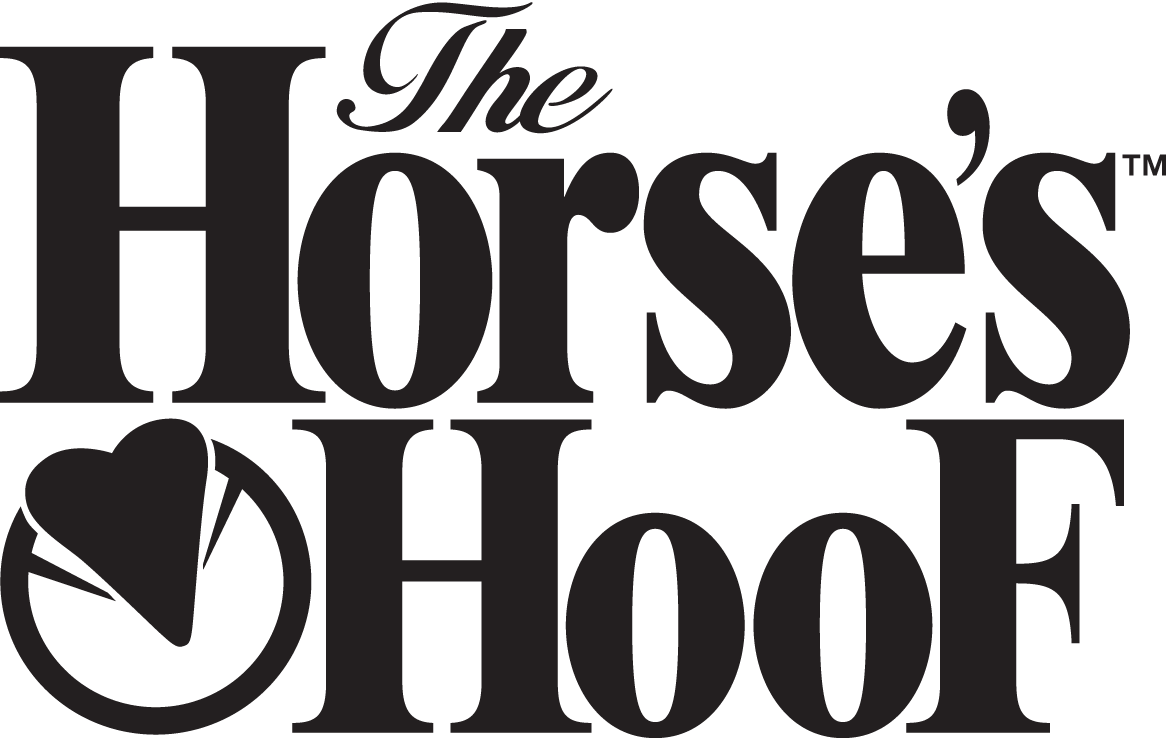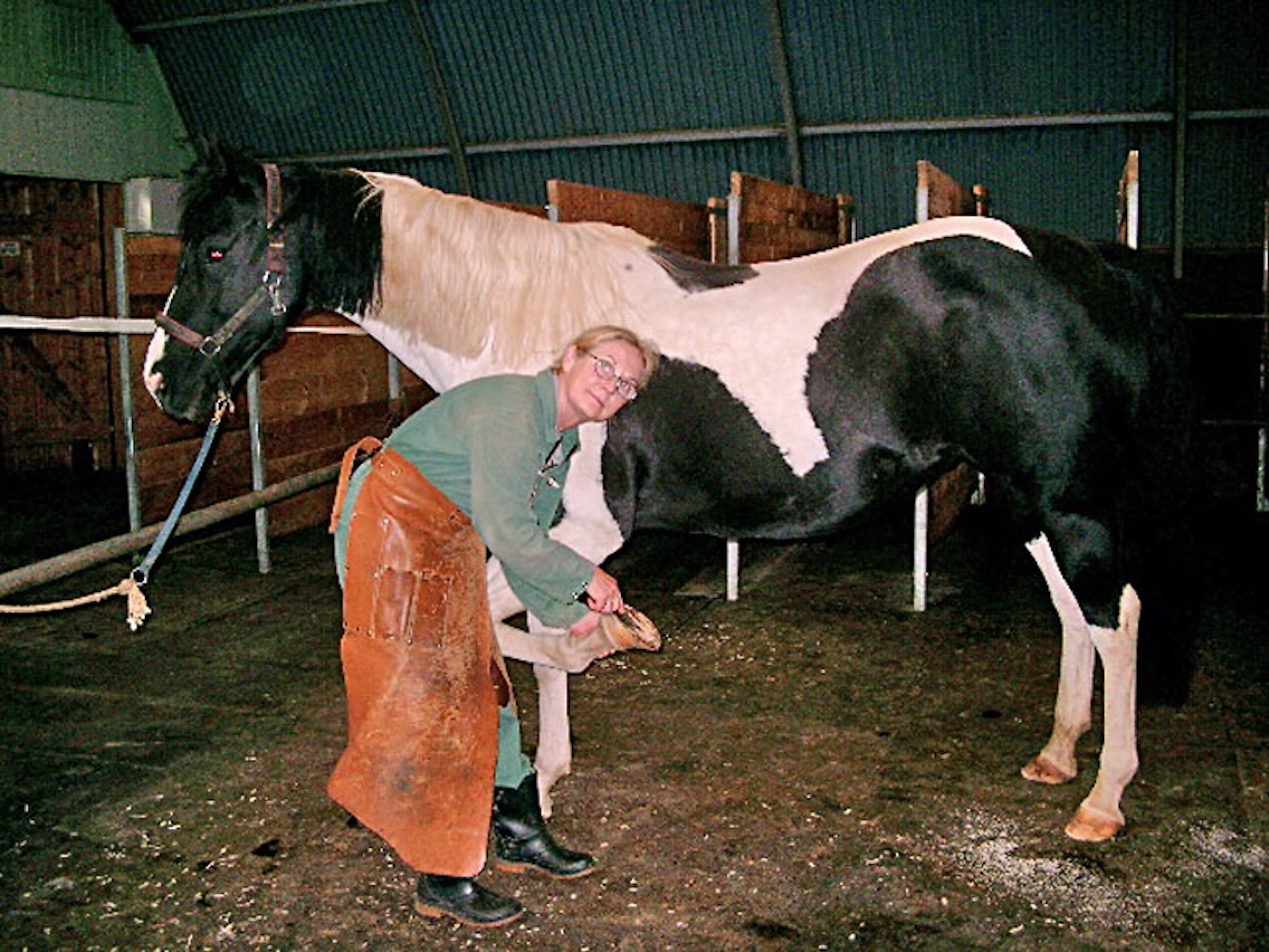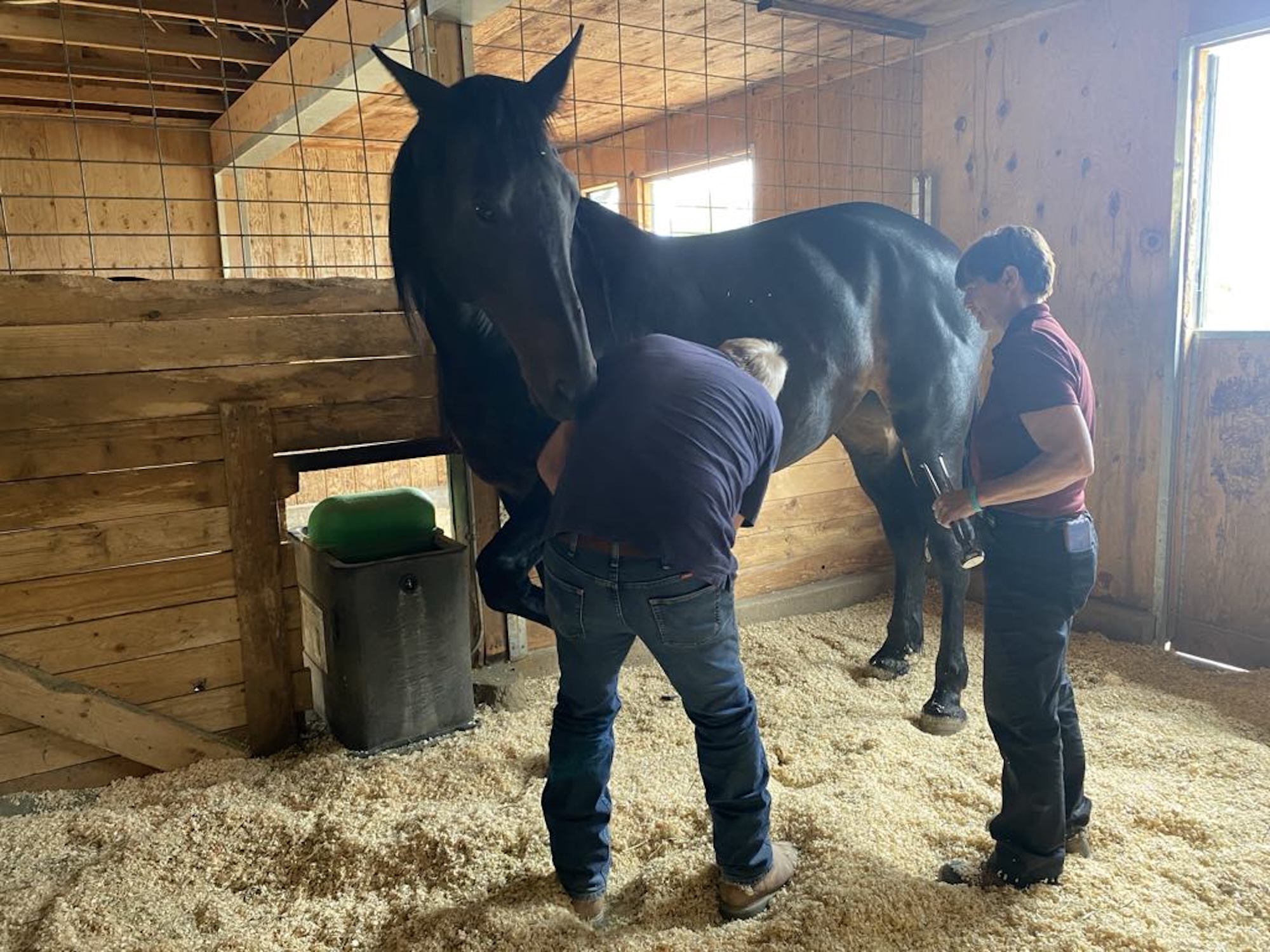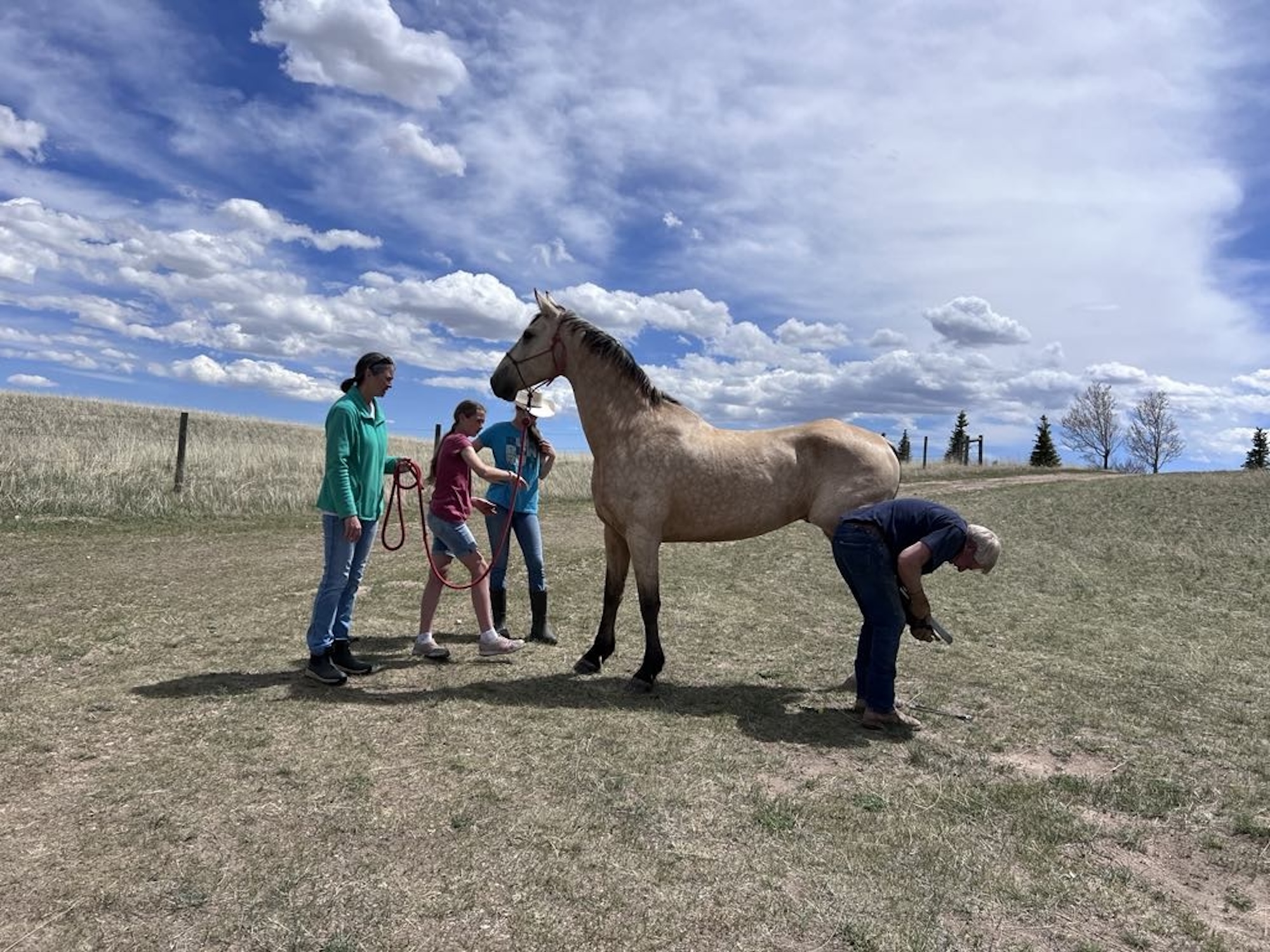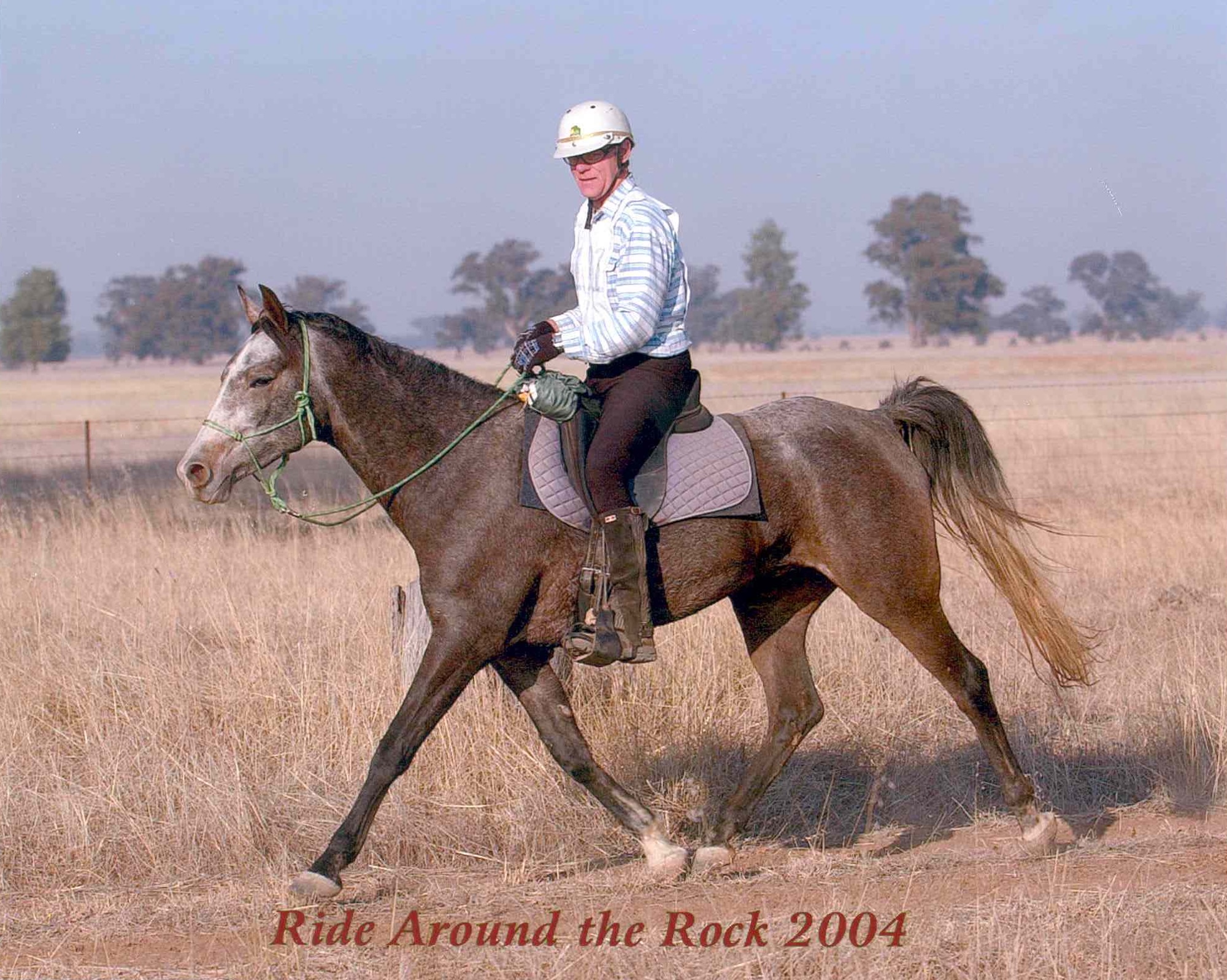The Development of Strasser Hoofcare Worldwide
The year 1978 could be considered as the beginning of the barefoot movement for the modern equestrian world. Although horses were used for many thousands of years without hoof protection, over the last several centuries the knowledge of how to maintain healthy and functional bare hooves became displaced by the ever more common practice of shoeing. Natural hoof care had to be newly discovered and brought to the attention of horse owners. While Bracy Clark pointed out many of the problems with shoeing in the early 1800s, and also commented on the surefootedness and use of barefoot horses around the world, this topic fell mostly silent again until 170 years later.
1978 was the year I began boarding my horses myself, which included the daily care and observation of Trakheners, Hannoverians, Hessians, and various pony breeds. I also began trimming my own sound, barefoot horses because my old farrier had retired and his replacement too often did not show up for his appointments. I soon noticed the difference in usability between my own barefoot, naturally-living horses and my shod, box-stall-kept patients. I began to study these differences, both in literature and in my practice. In all of this, my education in hoof-and-claw sciences and hoof orthopedics at the Humboldt University in Berlin, where I had passed the state exams in Hoof Orthopedics, stood me in good stead. I was familiar with the histology, anatomy and physics of the horse’s limb and hoof capsule, and I noticed the inevitable damaging effects of the horseshoes.
These findings were so important, they had to be brought into public awareness. By 1979, I had begun teaching seminars for horse owners, explaining the harmful effects of shoes and stall-keeping, and how to return health to bare hooves and the entire horse. To my knowledge, these were the first such seminars held for the public in modern times. They enjoyed success and soon grew in popularity.
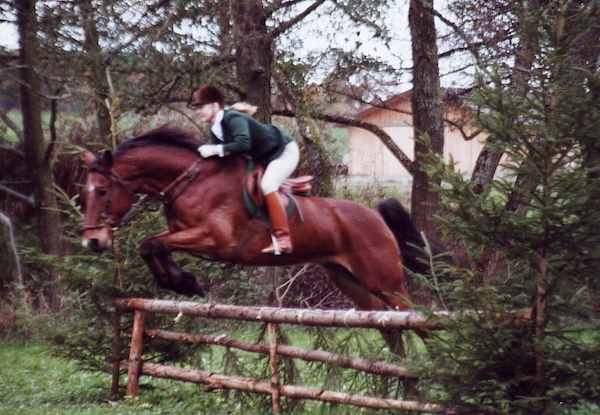
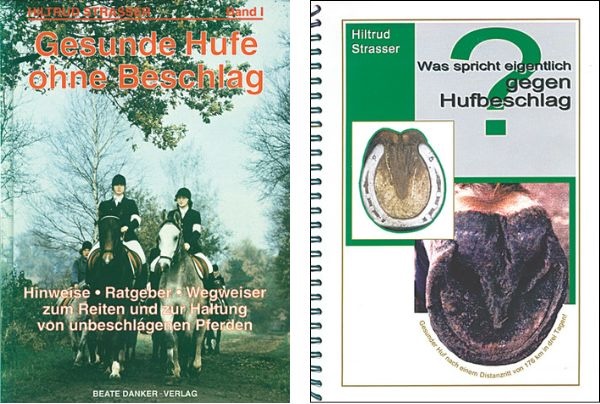
Dr. Hiltrud Strasser
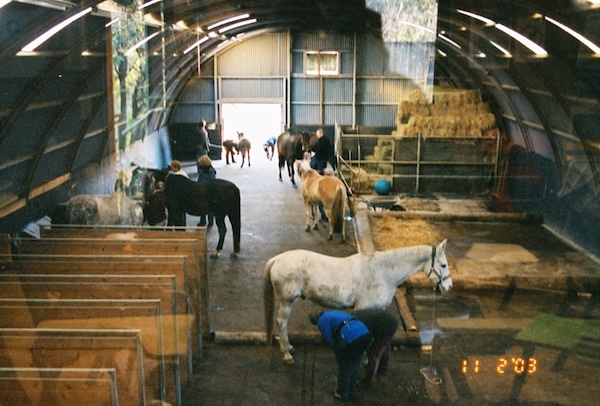
I wrote my first book on the subject, “Ohne Eisen” (Without Shoes), after I had acquired a great deal of experience and could produce amazing results in the treatment of supposedly “incurable” laminitis. This book was published in 1988 by the Ahnert Verlag (publisher). After this, “Ein Pferdeleben lang gesund” (Horses Healthy for Life) was published in 1989; “Gesunde Hufe ohne Beschlag” (Healthy Hooves Without shoeing) and “Huforthopaedie: Heilen ohne Beschlag” (Hoof Orthopedics: Healing Without Shoeing) came out in 1991; and “Die praktische Arbeit am unbeschlagenen Huf” (Practical Work on the Unshod Hoof) was published in 1994.
Since interest in barefoot was growing steadily, my seminars became more numerous each year and extended to other European countries (Switzerland and Austria). Horse owners often needed support with the transition of their shod horses to barefoot, and soon I could no longer do all of this by myself. So I decided on an educational system for adult horse owners, where they could learn how to care for horses’ hooves. Thus the profession of “Hufpfleger” (hoof care provider) was born, creating a new job description: someone who only trimmed, but never shod, hooves. The first course for this was in 1992. Over the years that followed, some of the graduates and other people now becoming aware of the possibility of barefoot horses went on to found their own barefoot hoofcare methods and schools.
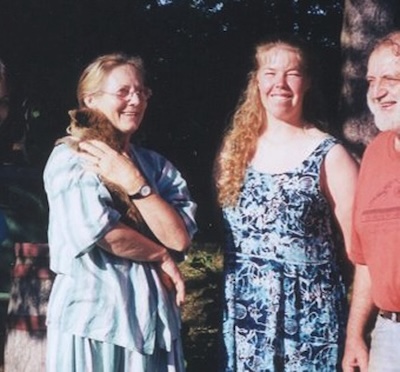
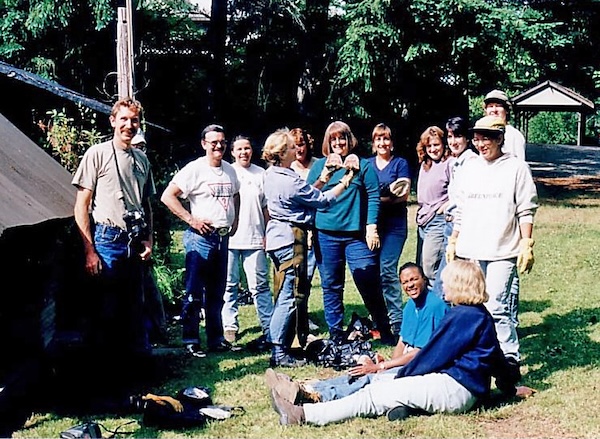
In 1996-97, a Canadian, Sabine Kells, travelled to me in Tuebingen, Germany, for training, because her mare had been diagnosed with “incurable navicular symdrome.” In ’98, she invited me to Canada to teach what would be, to the best of my knowledge, the first public seminars on barefoot hoof care and natural horse keeping in Canada. They were also the first of my seminars to be held in English; they drew attendance from as far away as the UK. Sabine had finished and published A Lifetime of Soundness earlier that same year, so that it could be available to the attendees of my first Canadian seminar. This little book, containing a medley of information from my three-day Basic Hoof Seminar and my previously published German books, with some extras added in, sold extremely well. Once my knowledge became available in English, interest in the use of barefoot horses and Strasser Hoofcare quickly woke in English-speaking areas around the world. Regular seminars in countries such as Canada, USA, the UK, South Africa, New Zealand and Australia began.
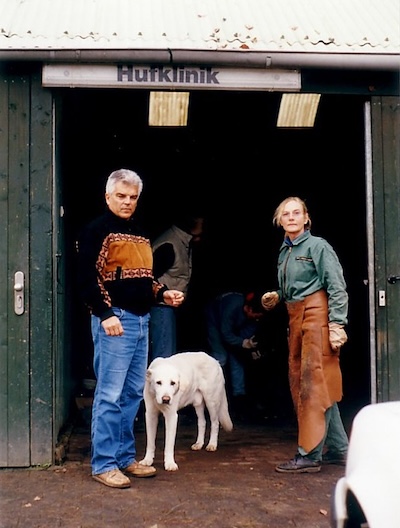
Meanwhile, my search for usable data about horse behavior, physiology and hooves continued. In a library, I found a book by Jaime Jackson on his observations of America’s Mustangs, which confirmed my experiences and research. I began corresponding with Mr. Jackson, which led to a friendship and his visit to me in Tuebingen at my Hoof Clinic. We had a good exchange of our findings, and for a time he sold A Lifetime of Soundness through his company in the USA. He also organized for me my first country-wide Basic Seminar tour through the USA in the summer of 2000. These organized seminars started a movement which, over the years, has resulted in many diverse barefoot hoof trimming methods arising in this country.
After the first seminar tour in 2000, interest in my knowledge grew quickly in North America, and more seminars followed. Soon, the dissemination of information expanded from seminars to the then year-long certification course for Strasser Hoofcare Professionals (SHPs), with the first North American class graduating in 2001.
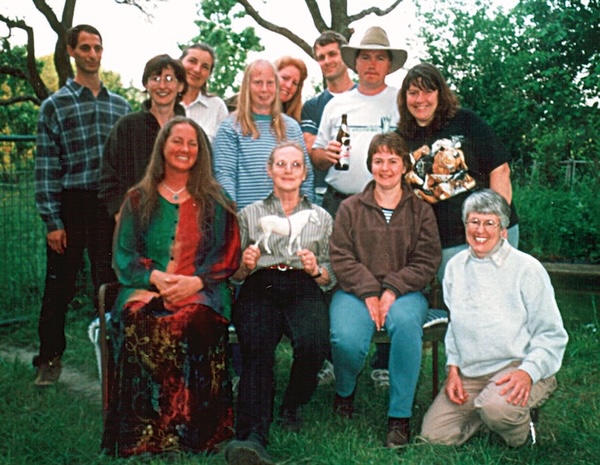
At my seminars, I had the pleasure of meeting a diversity of wonderful people, from horse owners to scientists. At the Pennsylvania Basic seminar in 2000, I met Professor Robert Cook, who had been and continues to be an outstanding supporter of barefoot horses and my method. In 2001, at my seminar in the Niagara Falls region, I met Professor Robert Bowker.
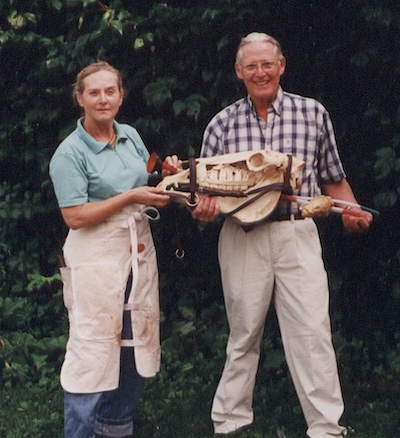
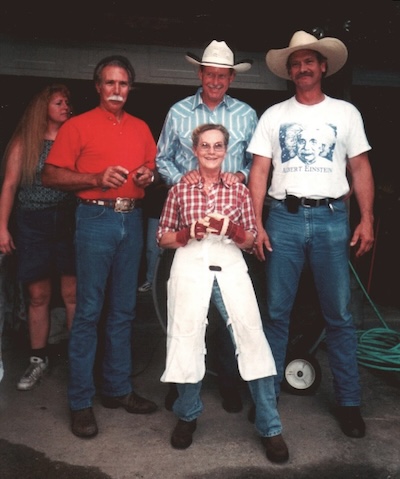
In 2002, a conference was set up at Tufts University to introduce my teachings, where I was invited as the sole speaker for two days, with podium discussions. This created a new momentum in the idea of barefoot, and for the American barefoot experts such as Pete Ramey, Gene Ovnicek, and others.
In the meantime, I continued to research domestic and wild-living horses and their hooves in diverse types of terrain around the globe, including continental Europe, North America, South Africa, Australia, the moors of England, and the deserts of Syria. I wrote several more books, which Sabine Kells translated and published for me in English, such as Shoeing: A Necessary Evil? and Who’s Afraid of Founder. Strasser Hoofcare spread throughout other English-speaking countries, and soon seminars and certification courses were created in a variety of languages, to meet the growing demand in non-English-speaking countries. Strasser books have by now been translated into 10 languages.
With Strasser Hoofcare, it is possible to heal laminitis (including a lost hoof capsule), thrush, navicular syndrome, hoof canker and other supposedly incurable problems, if a practitioner has the necessary years of education and experience. The Strasser Method is based on the anatomy, physiology, physics and mathematics which are found in the equine foot, rather than on a certain wild hoof model. This is vitally important because, as most hoof practitioners are now well aware, the hoof adapts to the type of terrain on which the horse lives, meaning that the hooves of a horse living on hard, abrasive ground are shaped differently than those of a horse living on softer, lowland pastures. This must be respected when trimming. The Strasser Method takes into account the variety of shapes dictated by terrain adaptations, and thus Strasser Hoofcare Professionals are able to maintain the health or heal the hooves of horses of all breeds, in all areas of the world.
by Hiltrud Strasser, DVM, PhD; edited and translated by Sabine Kells, published in The Horse’s Hoof Magazine, Issue 39, Summer 2010
Visit Dr. Strasser’s website https://hufgesundheit-strasser.com (In German only at this time)
Facebook: https://www.facebook.com/hufwissen/
For more historical barefoot info, please read: “A Timeline of the Barefoot Movement” and “50th Issue Retrospective”.
See the full content listing of all issues of The Horse’s Hoof Magazine! We also provide instructions on how to read the issues for free on Hoof Help Online.
For a detailed listing of all articles on The Horse’s Hoof website, please visit our Article Directory.
